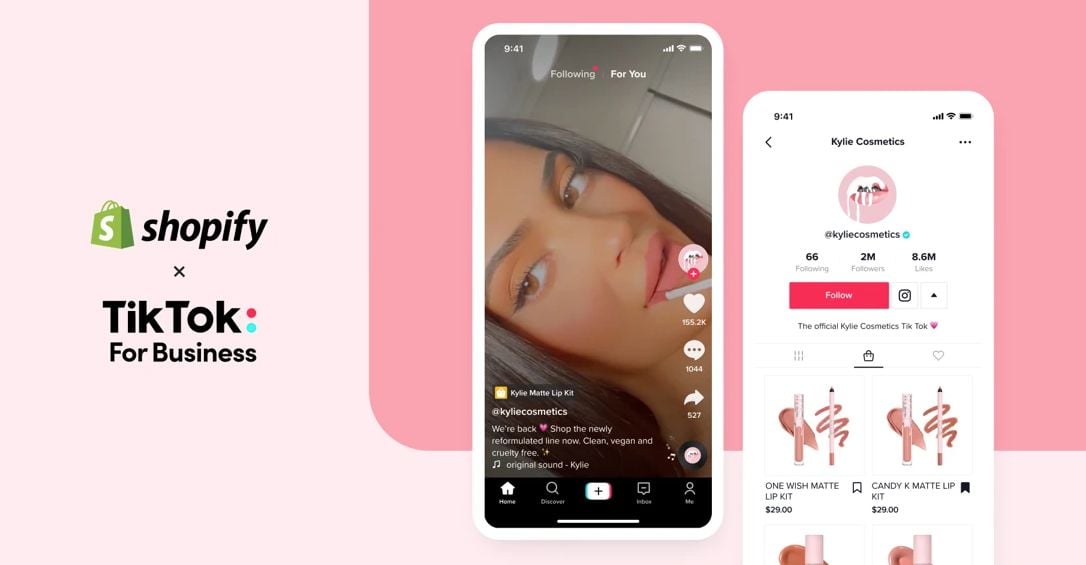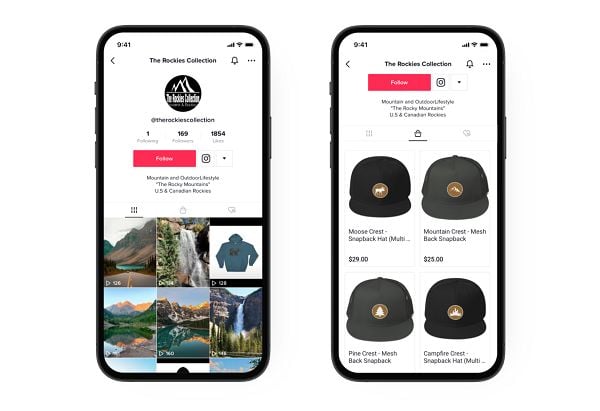As it continues to refine its in-stream shopping approach, and shift user behaviors around in-app spending, TikTok’s now looking to realign eCommerce partners towards its own native shopping elements, as opposed to linking off to third-party hosting sites.
Along this line, TikTok has announced that it’s shutting down its Storefront feature, which enables merchants to connect their third-party shopping process into the TikTok UI, facilitating a more direct purchase flow in-app.
But now, TikTok wants retailers to rely on its own shopping tools instead.
As per TikTok:
“Storefront will be officially discontinued and unavailable for use. This means your Storefront products will no longer be visible on your TikTok profile, or be eligible for inclusion in short videos, LIVEs and ads. You will also lose access to your Storefront on Store Manager. It’s important to migrate from your Storefront to TikTok Shop as soon as possible.”
Originally launched back in 2021, TikTok’s Storefronts are primarily focused on direct connection with Shopify, and enabling Shopify merchants to display their products in-stream.

TikTok has since expanded Storefront integration to other eCommerce providers as well, but now, it’s confident that its own TikTok Shop offering will cover all retailer requirements.

The news is the latest development in TikTok’s evolving in-stream shopping push, which remains a key focus for its expanded monetization efforts.
In China, in-app shopping has become the key revenue stream for the local version of the app, but thus far, Western users haven’t shown the same enthusiasm for in-stream purchases.
That’s especially true of live shopping, which is now the main commerce driver on Douyin, the Chinese version of the app. Douyin reported a 320% increase in product sales in 2022, which has seen the platform continue to eat into the market share of Asian eComm giants like Alibaba, JD, and Pinduoduo. And with other providers like Temu and Shein now making a push to expand their operations into more markets, TikTok also sees this as the time to act to ensure it gets ahead of competitors and the expected rise in in-stream shopping in Western regions.
TikTok has the reach, the experience, and the expertise to make this happen. Now, it’s just down to whether users actually want to be able to shop in-stream.
TikTok’s also looking to expand its own production and hosting processes to facilitate in-stream purchases, while it’s even creating its own products, based on trends, to encourage more in-app spending.
The idea is that if TikTok can better facilitate in-app shopping, and ensure users have a great purchase experience, this can maybe shift audience behaviors, though the lingering questions surrounding TikTok’s connection with the Chinese government could be an impediment to maximizing in-app spend.
If Western users have any reason to feel unsafe about, say, connecting a payment option to the app, that’ll likely impede TikTok’s potential in this respect.
Is that what’s stopping TikTok from expanding its eCommerce elements, or is it just that Western users, in general, are not as open to in-stream purchases as people in Asian markets?
It’s impossible to say, but TikTok looks set to continue pushing its in-stream shopping elements, as it seeks to find the best way to maximize its revenue potential.



